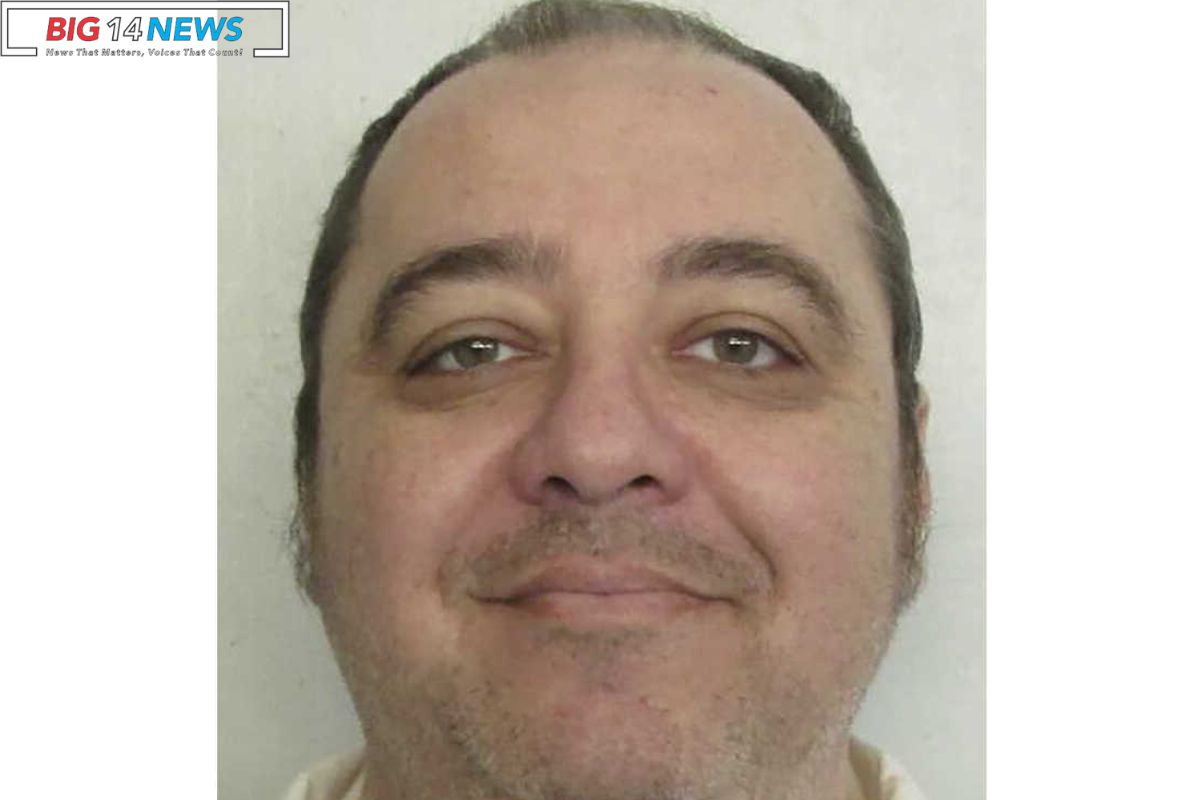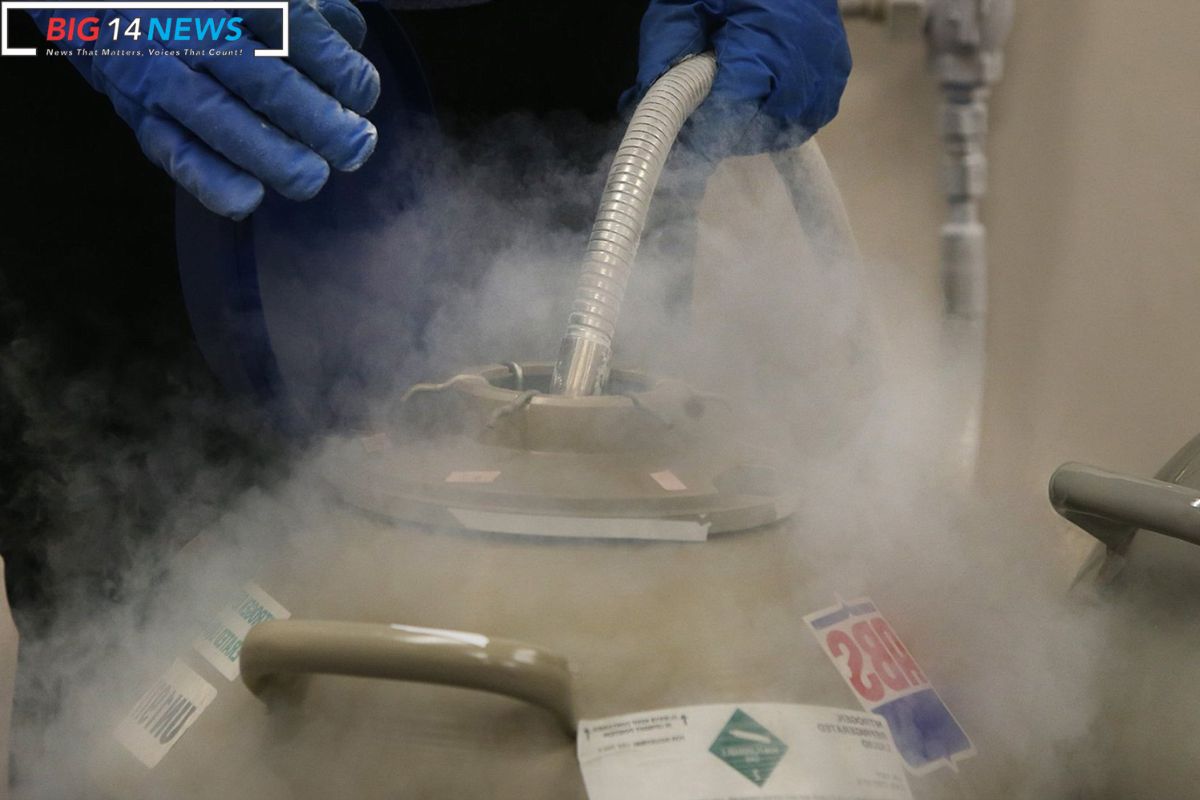In the world of capital punishment, Alabama has taken a bold step by introducing a new method of execution – nitrogen hypoxia. This alternative to lethal injection has raised concerns about the safety and efficacy of the method.
As the state prepares to carry out its first nitrogen execution, questions about transparency and information withholding have emerged, leaving many to wonder if the risks associated with this method have been adequately assessed and disclosed.
Additionally, the role of the spiritual adviser during the execution process has sparked further debate.
In this investigation, we will dig into the hidden risks surrounding Alabama nitrogen execution plan, providing an in-depth analysis that aims to shed light on this controversial and thought-provoking topic.
Key Takeaways
- Alabama Nitrogen Hypoxia Execution Plan raises concerns due to its untested nature and lack of precedent, making it difficult to assess risks without previous cases.
- There are concerns about the safety, efficacy, and potential suffering of the execution method, and the lack of transparency in the development and implementation of the plan.
- The Department of Corrections’ withholding of requested forms and lack of transparency is seen as undermining public trust and raising questions about overall preparation and safety precautions.
- The three-feet distance requirement for the spiritual adviser raises concerns about infringing on the prisoner’s right to spiritual support and the well-being of the adviser, as well as the overall lack of support and guidance throughout the execution process.
Alabama’s Nitrogen Hypoxia Execution Plan
Alabama’s nitrogen hypoxia execution plan raises significant concerns due to its untested nature and lack of precedent in the United States.
While the state’s intention to find an alternative to lethal injection is understandable, the use of nitrogen gas as a method of execution has never been tried before. This raises questions about its safety, efficacy, and potential for causing unnecessary suffering.
Without any previous cases to reference, it becomes difficult to assess the risks and ensure a humane execution process. Furthermore, the lack of transparency surrounding the development and implementation of this method is worrisome. The public deserves to know the scientific basis, research, and expert opinions behind this decision.
Alabama’s nitrogen hypoxia execution plan demands a thorough investigation to address these hidden risks and ensure justice is carried out in a humane manner.


Concerns About Execution Safety
What are the safety concerns surrounding Alabama’s nitrogen execution plan?
– Lack of adequate preparation: Critics argue that Alabama has not sufficiently prepared for the execution using nitrogen gas, raising concerns about the safety of the process.
– Potential risks to workers: The acknowledgement form reveals the possibility of hyperventilation leading to a stroke, highlighting the potential dangers faced by those in the room during the execution.
– Insufficient guidance for chaplain: The rule requiring the chaplain to stay three feet away from the gas may be difficult to follow, as nitrogen is invisible and odorless, creating challenges in ensuring the safety of the chaplain.
– Lack of response from the Department of Corrections: The Department of Corrections has not addressed the requests for comment about the risk assessment, leaving uncertainty about the safety measures in place for the execution.
These safety concerns raise important questions about the execution process and the potential risks involved. It is crucial to thoroughly examine and address these concerns to ensure the safety of all individuals involved in Alabama’s nitrogen execution plan.
Lack of Transparency and Concerns about Information Withholding
The lack of transparency surrounding Alabama’s nitrogen execution plan raises concerns about the withholding of crucial information. Critics question why the Department of Corrections is making hiding information an official policy and why safety precautions have not been taken seriously by the state. The agency’s claim that disclosure of requested forms would be detrimental to public interest only adds to the suspicion surrounding the execution process.
By failing to provide necessary information and keeping details hidden, the Department of Corrections undermines public trust and raises questions about the overall preparation for the execution. This lack of transparency not only hinders the public’s ability to assess the risks associated with the use of nitrogen for executions, but also prevents a thorough analysis of the potential dangers and consequences. The table below highlights the key concerns regarding the withholding of information in Alabama’s nitrogen execution plan:
Concerns
- Department of Corrections declining to share requested forms
- Making hiding information an official policy
- Not taking safety precautions seriously
- Claiming disclosure of requested forms would be detrimental to public interest
- Undermining public trust and raising questions about overall preparation for the execution
- The table serves to present the concerns in a clear and organized manner, allowing readers to easily comprehend the gravity of the transparency issues surrounding Alabama’s nitrogen execution plan.
Role and Concerns of the Spiritual Adviser
The spiritual adviser’s role and concerns have become a focal point in Alabama nitrogen execution plan. Rev. Dr. Jeff Hood, who has witnessed numerous executions in different states, now faces new challenges. He has never before been required to acknowledge a risk to his safety, but in this case, he agreed to be the prisoner’s adviser and signed the acknowledgement form.
However, the three-feet distance requirement raises concerns about Hood’s ability to perform his spiritual duties effectively. This requirement may conflict with a Supreme Court precedent that protects religious liberties in the death chamber. As the spiritual adviser, Hood’s role is crucial in providing comfort and guidance to the prisoner.
The limitations imposed on him could potentially infringe on the prisoner’s right to spiritual support in their final moments.


The Inmate’s Perspective and Concerns
From the prisoner’s viewpoint, the three-feet distance requirement raises concerns about the ability to receive necessary support and guidance during the execution. Kenneth Smith, who previously experienced an unsuccessful execution attempt, expressed his belief that the workers involved were incompetent.
His concerns for the safety of the spiritual adviser highlight the potential risks associated with Alabama’s nitrogen execution plan. Smith felt alone and cried out for help during his previous ordeal, emphasizing the importance of ensuring the well-being of all individuals involved in the execution process.
His worries about the potential consequences for the spiritual adviser, as well as the overall lack of support and guidance, raise questions about the humaneness of this execution method. Alabama must address these concerns and ensure that the execution process prioritizes the safety and support of all those involved.
Conclusion of Alabama Nitrogen Execution Plan
Alabama’s plan to use nitrogen hypoxia as a method of execution raises significant concerns about the safety and transparency of the process. The lack of information and withholding of crucial details, combined with the role and concerns of the spiritual adviser, further add to these apprehensions.
It is crucial to thoroughly investigate and evaluate the risks and implications associated with this execution method before proceeding.
ALSO READ: Alabama Prepares for Historic Execution: Kenneth Eugene Smith Journey into Nitrogen Hypoxia
Our Reader’s Queries
Is nitrogen hypoxia execution painful?
A team of experts at the United Nations expressed worries that nitrogen hypoxia may lead to a distressing and degrading demise.
What is the nitrogen gas execution in Alabama?
Alabama, Mississippi, and Oklahoma are adopting nitrogen hypoxia as a legal alternative for executions. If all goes as planned, Alabama will be the first state to use this method for Smith’s execution on Jan. 25, 2024.
What method of execution is used in Alabama?
Alabama’s only allowed method of execution is lethal injection, according to the Nebraska Revised Statute Annotated § 83-964. Previously, electrocution was the sole method until it was deemed unconstitutional by the Nebraska Supreme Court in February 2008. Consequently, the Nebraska Legislature sanctioned lethal injection in May 2009. In Nevada, lethal injection is the solitary authorized method of execution.
How many people were executed in Alabama from 1975 1988?
Alabama’s updated death penalty law in 1975 led to just three executions in the state by the close of 1988.

